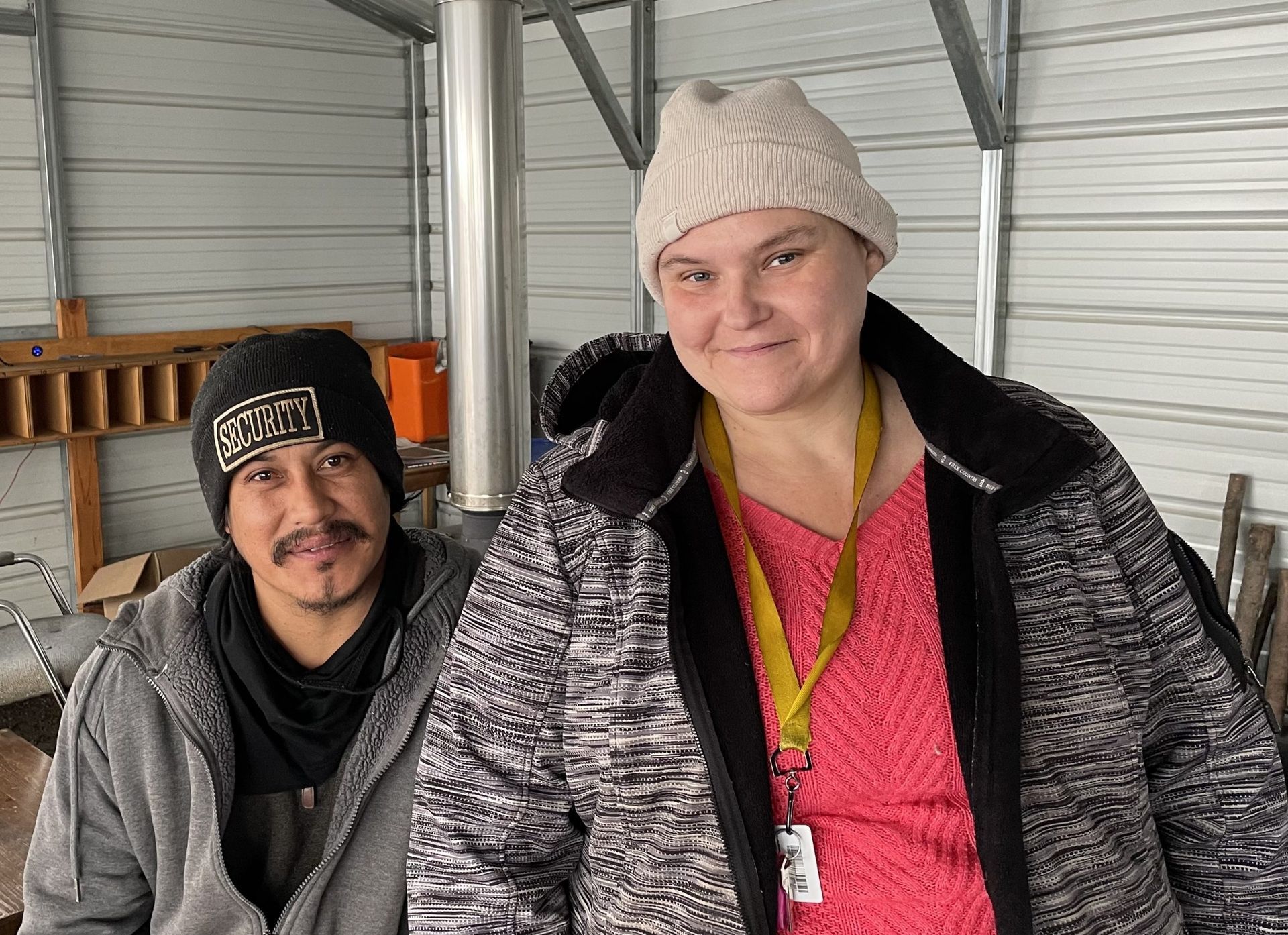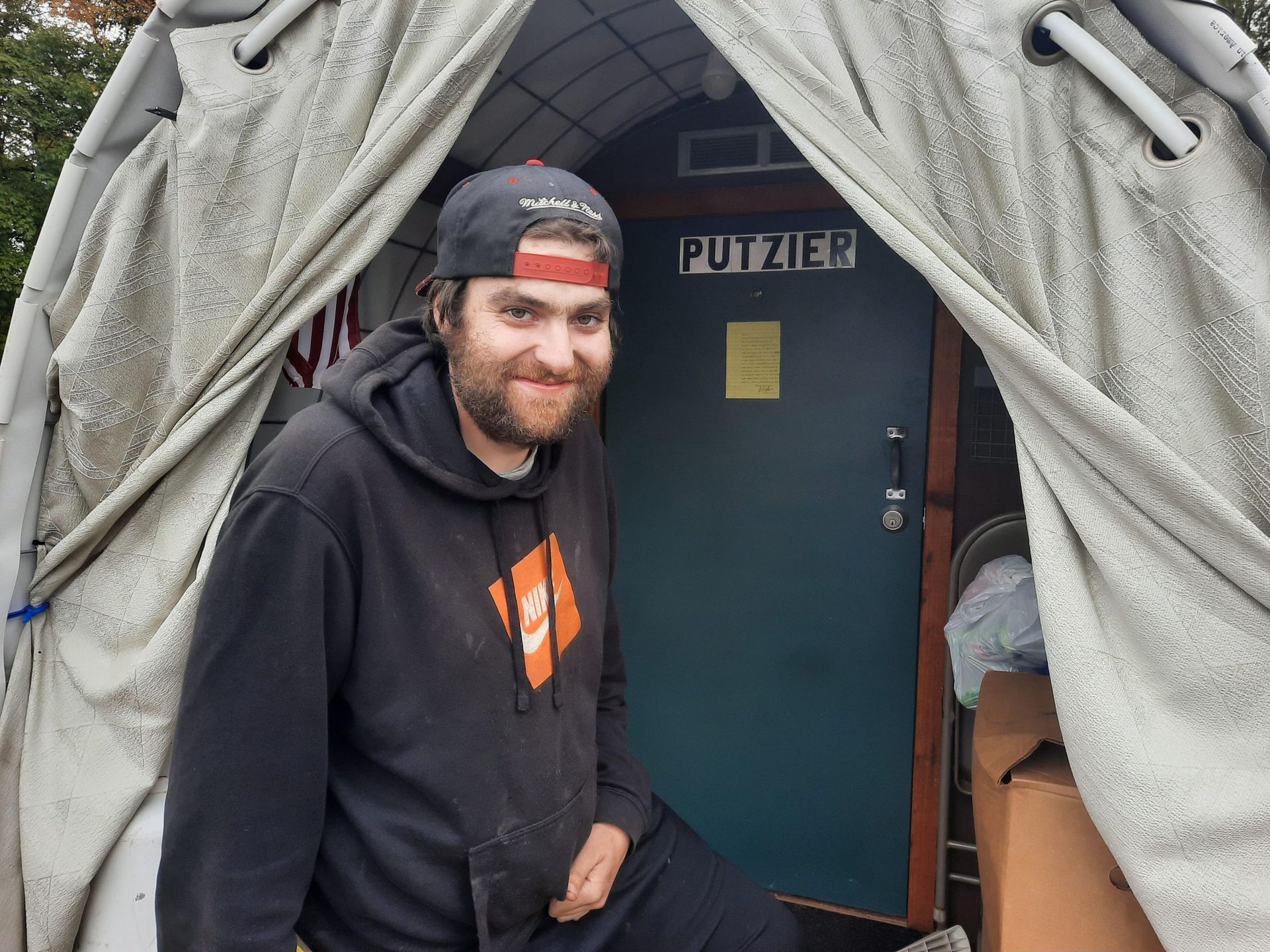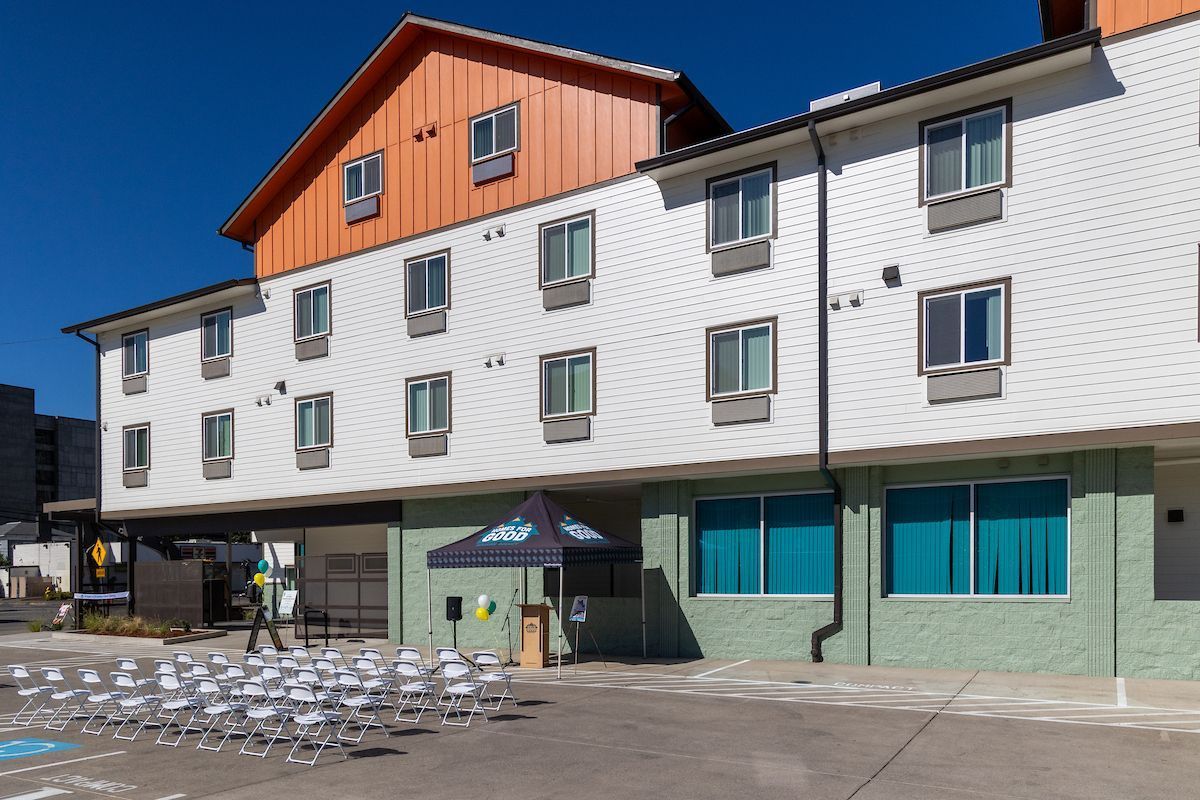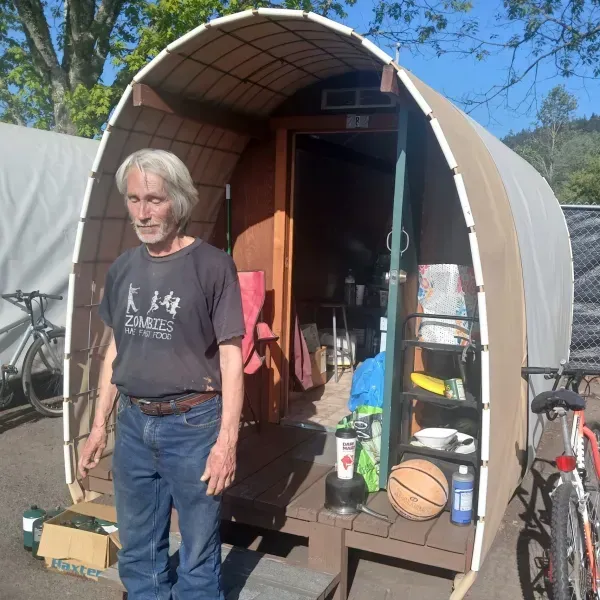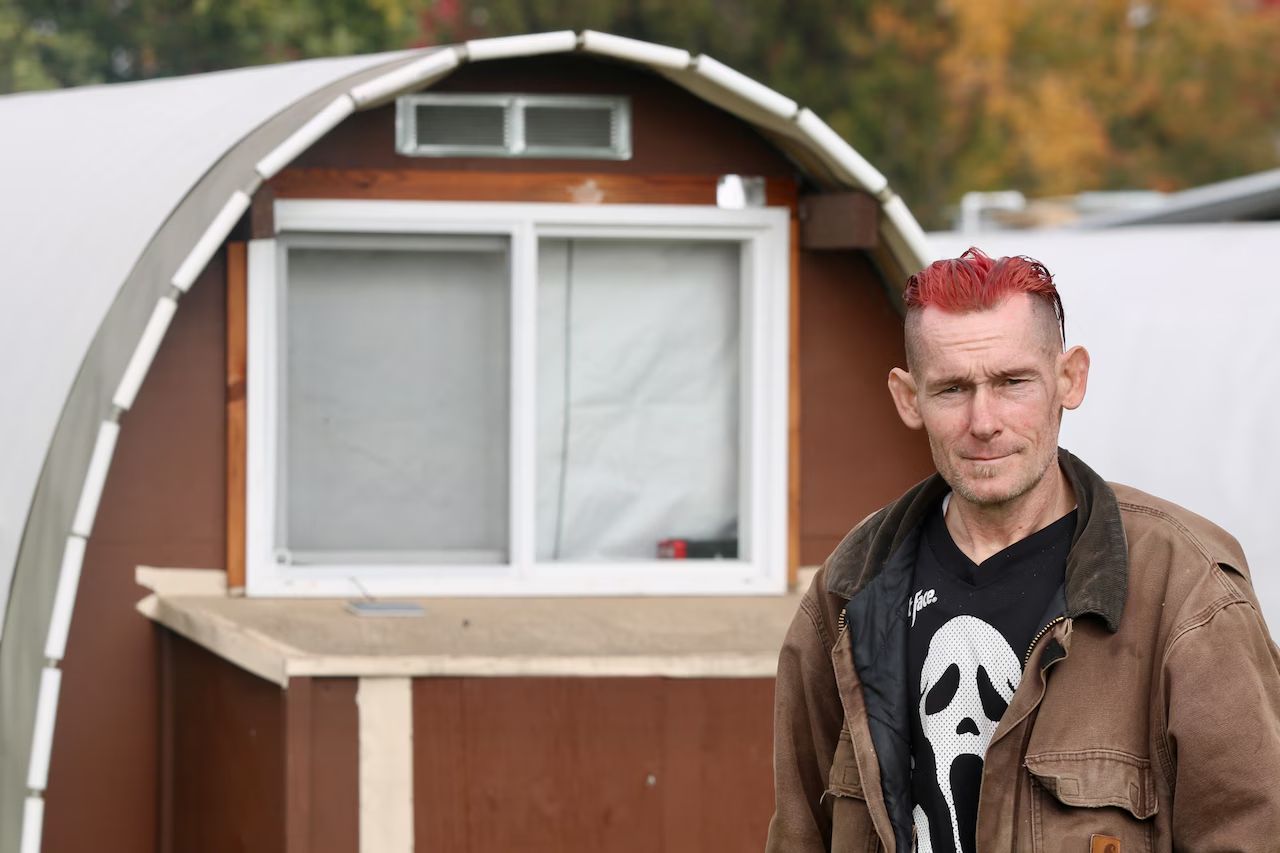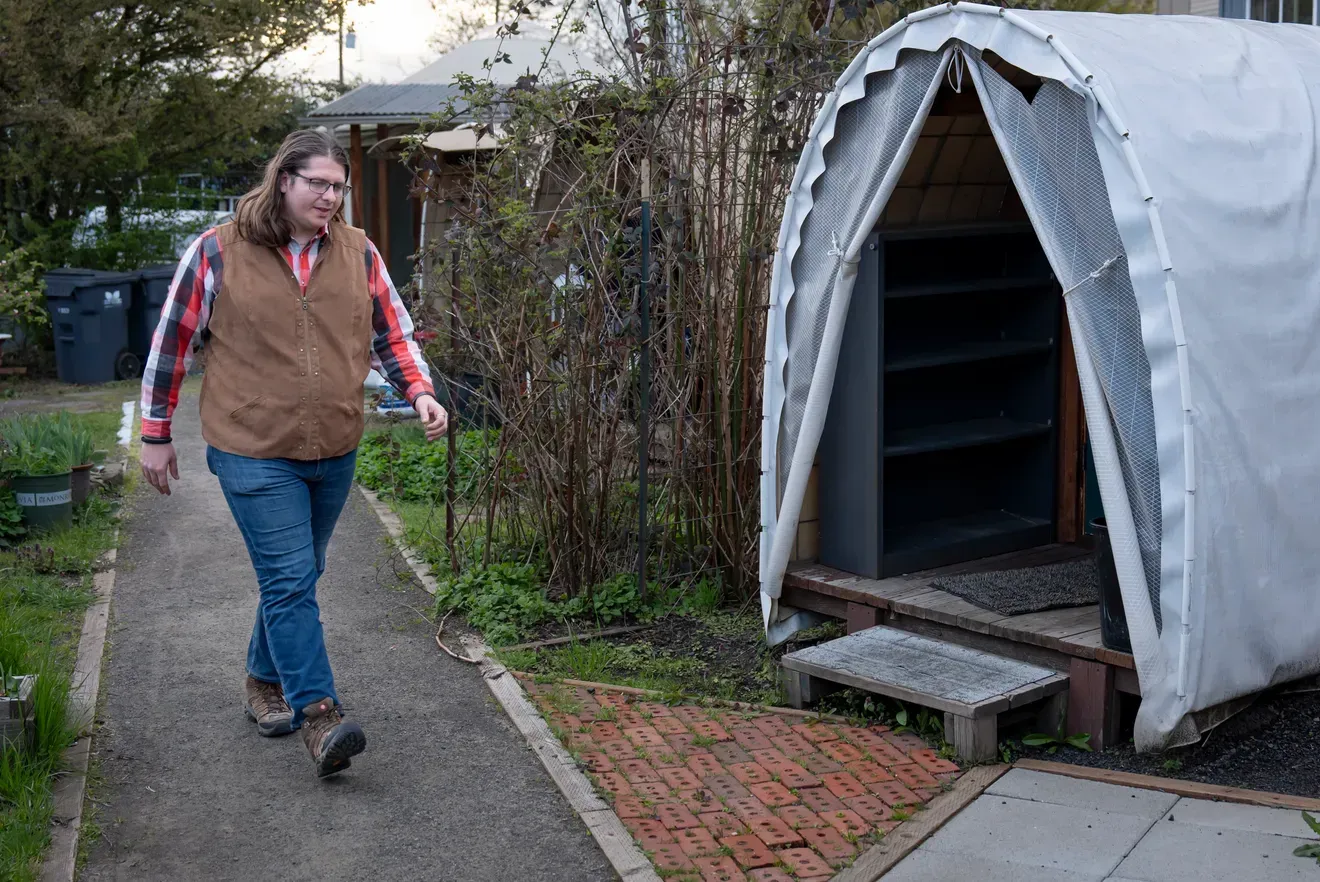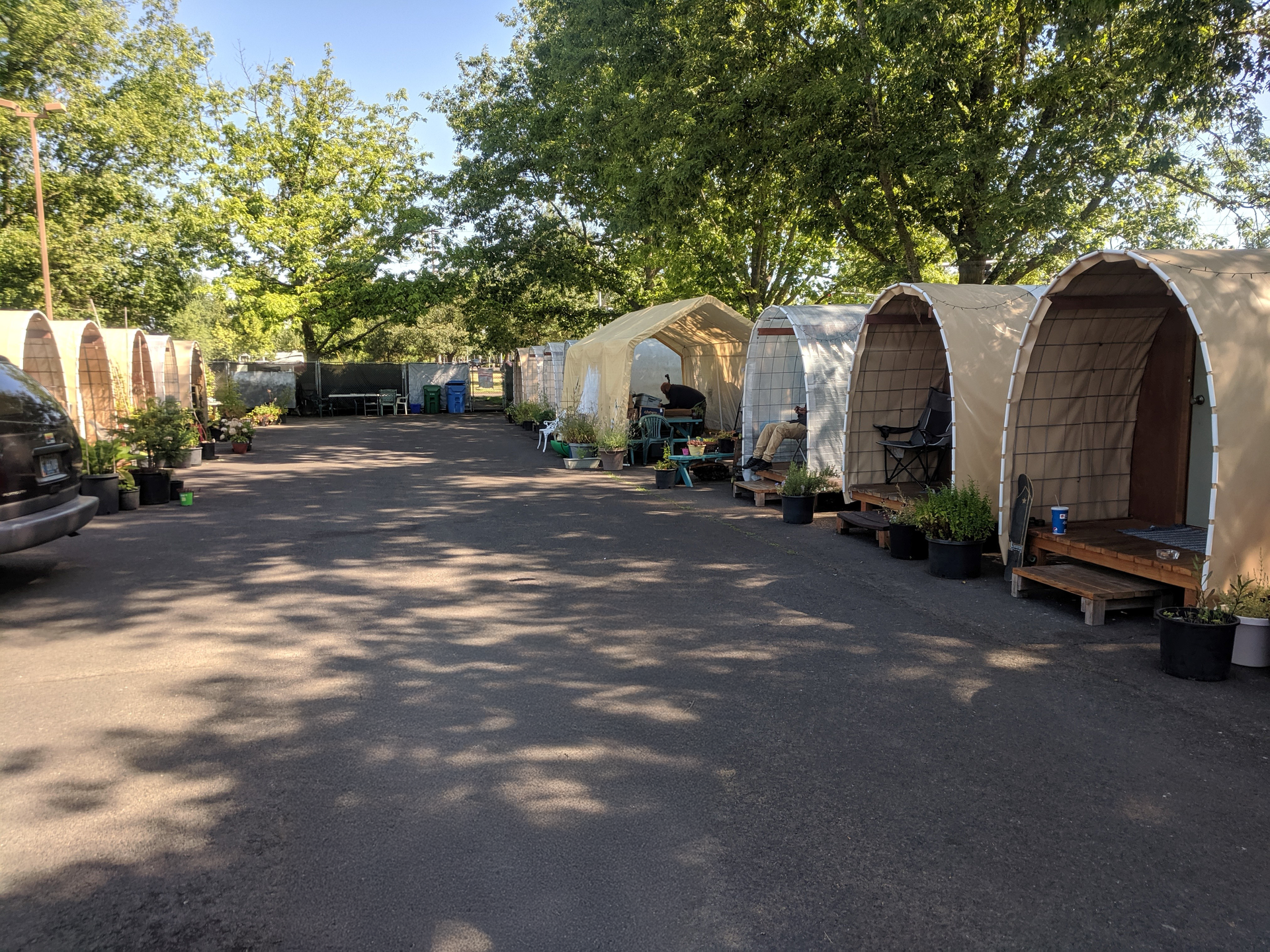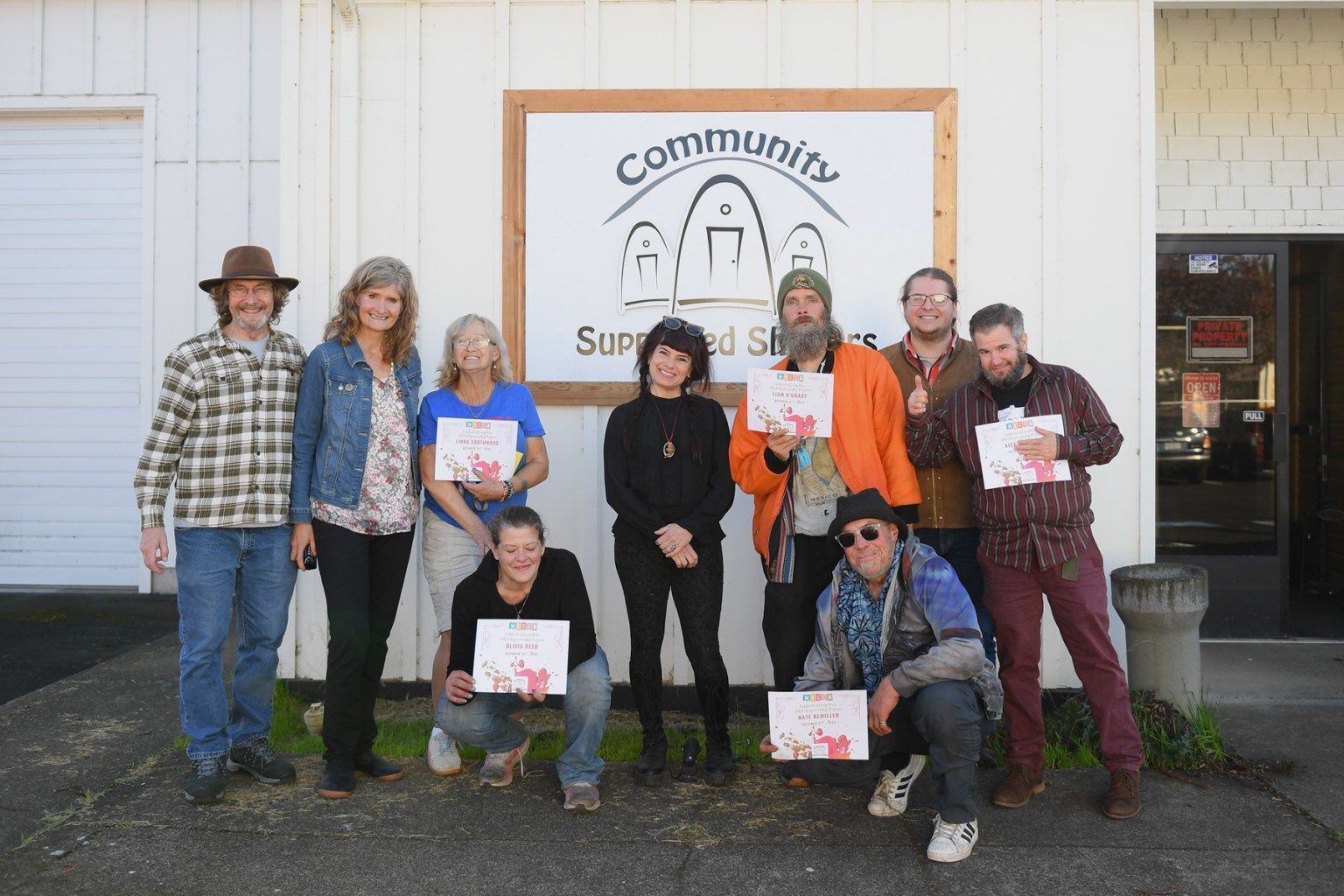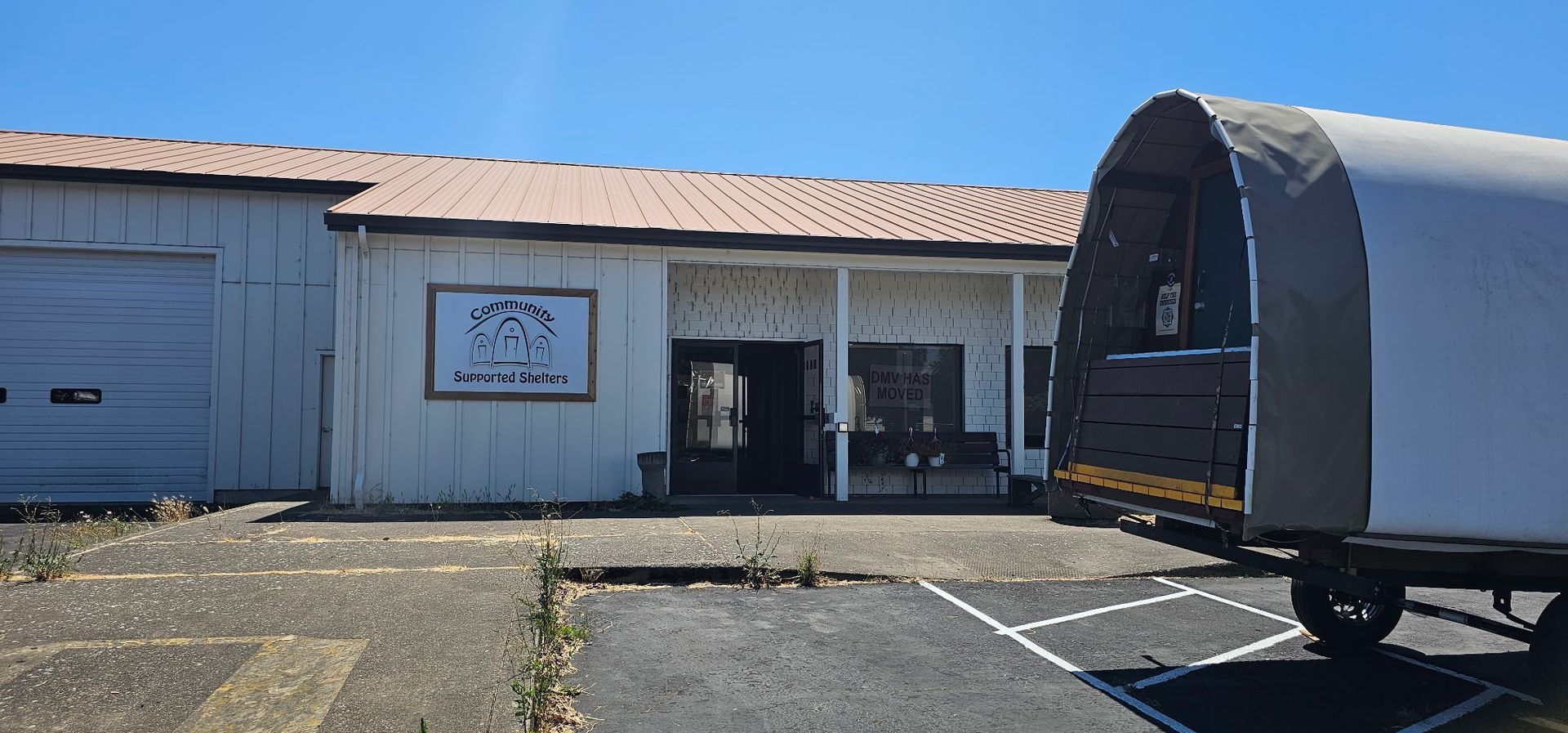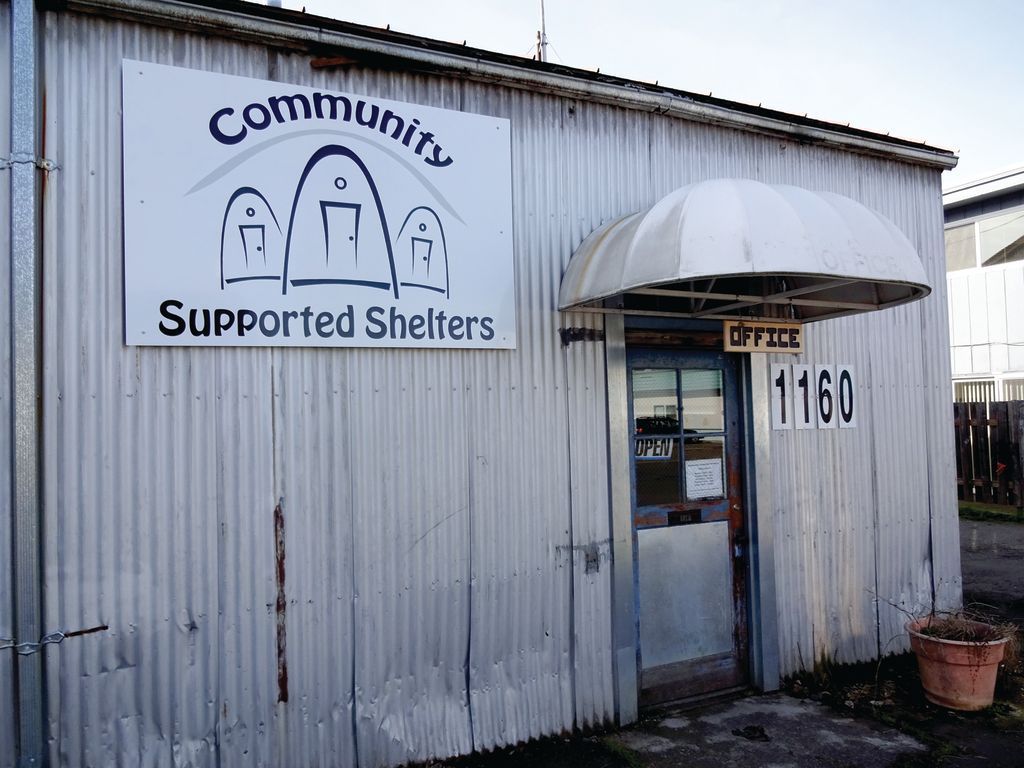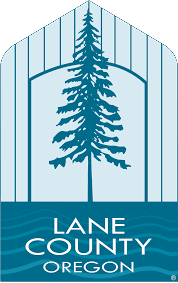MJ acknowledges the challenges of building a community with an eclectic group of individuals coming from a wide variety of challenging circumstances. But that’s exactly what CSS is designed to do. “It’s just part of the program,” she says, “making things work as smoothly as we can.”
Peer Support Workers like MJ play a critical role in connecting residents to the CSS program. MJ, who was homeless for five years, says campers talked more freely to her “as soon as I started opening up and talking about my recovery and what I’ve been through.” That helped her develop emotional bonds that formed a basis for trust, she says. “And trusting somebody you’re talking to is super important.”
CSS staff members stress the importance of communications: through the weekly meetings, talking with Peer Support Workers, and developing the willingness to bring up problems before they get too big, including filling out “incident reports” when issues arise.
“People come from the streets, and that culture is not telling on one another,” MJ says. At every meeting, the facilitator encourages the campers to discuss “What’s burning for you? What’s happening?” But often, she says, people won’t bring up what might seem like a minor issue. “Then somebody gets a finger pointed at them” and others respond and it turns out to be a bigger problem.
That tendency convinced MJ of the importance of incident reports, which can be filed by any camper or CSS staff member. “If we don’t know something is happening, how can we fix it?” she says. Some residents are still reluctant to file reports, but “it has gotten better,” she says.
“Sometimes people are afraid to say something,” Michelle says “So an incident report is an easier way for them to have a facilitated conversation.”
John acknowledges a past situation in which a complaint against him for having too many guests at his Hut led him to apologize at a meeting and to stop stretching the rules. He says he was proud of his Hut, the first place he’d considered home for a long time, and improvements he had made to it. “I wanted to show that off. The more I would do that, the more lax I would get about it. I just needed to be reminded of ‘Hey, we have rules in place for a reason.’”
Other issues that have come up have to do with people making noise, disturbing people who work late or have to get up early; people outside the camp creating problems, even a few incidents of people climbing the fence; and the seemingly inevitable issues when people live together about food and cleaning in the common kitchen.
The noise issue was important to Michelle who sometimes worked past midnight at a convenience store, so she went directly to the people she thought were responsible. “And they were cool about it. They were like, ‘Yeah, yeah, we got you.’”
When things seem to be getting tense outside the camp, John says, “We, as a community, have each other’s backs. If it’s a situation where someone has to go out and try to address something, at least a few of us will go out there.” They have even had to call the police a time or two, he says. “We want to feel safe for sure.”
Michelle was involved with an incident in the kitchen and ended up “snapping” at another camper and later felt bad when she learned more about the other person. At that point, she thought it best to involve the Peer Support Workers. “That’s when I have to do an incident report because if I can’t communicate with that person, then it becomes fighting.”
A key to the community, Michelle says, is “just learning to be more patient with each other, especially when people first move in, understanding that they’ve been through some stuff.”



